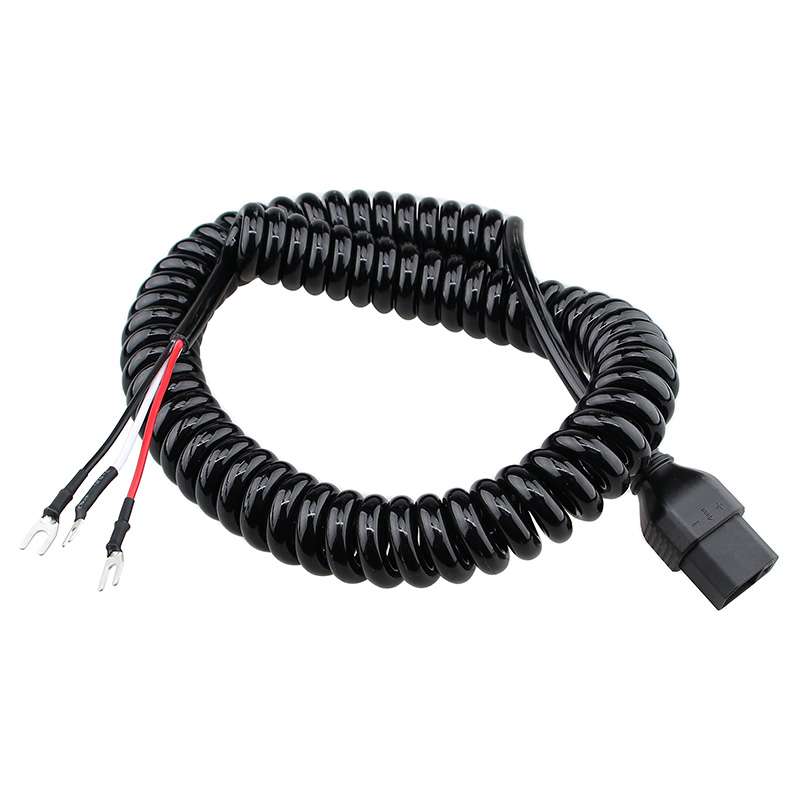Crimping is a connection technique used during the assembly of cables to join wires and terminals. This process involves applying specific mechanical force (peeling off the wire insulation and pressing the terminal onto the conductor) using molds and crimping equipment to transform raw materials (terminals, wires, and waterproof seals) into semi-finished wire harnesses (circuits). Through crimping, electrical flow can seamlessly occur between wires and terminals. The precision of crimping tools is crucial for ensuring high-quality crimping. Currently, there are five types of crimping tools: manual tools, pneumatic tools, hydraulic tools, semi-automatic crimping equipment, and fully automatic crimping equipment.
Significance of Crimping as a Key Process:
Effective crimping reduces resistance, prevents oxidation of copper wires at the crimped site, and ensures outstanding performance, such as tightness and optimal conductivity. Firm tightness, as explained, involves maintaining structural integrity during tensile strength testing within a specified range.
Introduction to the Pivotal Process of Wire Harness Processing - Crimping Technology

New national standard plug electric bicycle power cord 2+2 battery plug spring harness
Principle of Crimping:
Crimping involves encasing the bare wire with the metal crimping barrel of the terminal, creating a connection through the use of manual or automatic dedicated crimping tools. This technology compresses the crimping barrel onto the bare wire, allowing the metal to undergo controlled deformation, connecting the wire to the contact within defined limits. A successful crimped connection results in the intermingling and flowing of metals, causing symmetric deformation of the stranded wire and contact material. This process is akin to a cold-welded joint, providing robust mechanical strength and continuity. During crimping, the conductor experiences extrusion within the sleeve, deforming in both longitudinal and latitudinal directions, creating a cold-welded joint.
After completing the crimping process, finished materials must be stored on material racks to prevent wires and terminals from scattering or falling on the ground and causing damage. Each batch and type of material undergoes first-piece inspection, with meticulous records kept (including the crimping height and width of the first two terminal core wires, insulation crimping height and width, and terminal pull-off force during parallel crimping). The first piece is retained, and after each batch and type of wire is completed, it undergoes verification against the first piece.
Inspection Criteria for Appearance:
Terminal crimping should be well-formed, with no damage or core wire breakage at tight insulation points.
Terminals with crimped glue plugs should be well-formed and firm, without damaging insulation, core wire, or glue plugs.
Inspection should identify any missed or incorrectly crimped wires in each bundle and any signs of poor crimping.
